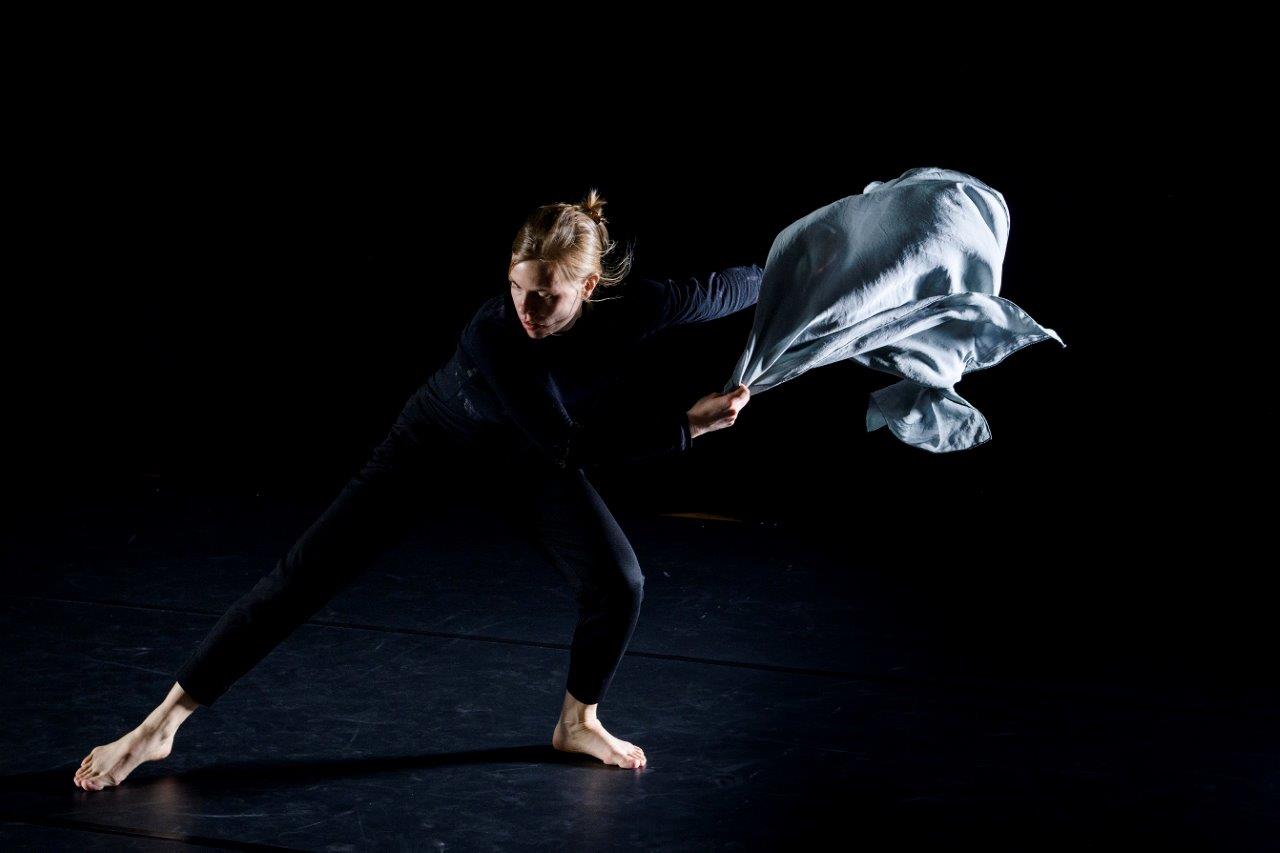
Lifestyle

Artists explore dance’s power in war and peace
Dance is a powerful tool in the fight for social justice and healing those impacted by conflict.
These topics as well the ability of dance to traverse history and create meaning for new generations were explored in a recent webinar, “Stories of peace and resistance through dance”.
Presented by the South African Holocaust & Genocide Foundation and Austrian Embassy in Pretoria, the webinar formed part of a lecture series titled “Women’s agency during Nazism”.
The work and life of late Austrian dancer Hanna Berger, one of the most prolific representatives of modern dance in the 1930s and 1940s and a passionate anti-Nazi activist, is an example of the impact of dance as a form of resistance.
Berger became a proponent of what is known today as the free dance movement. Her move away from the classical ballet style to focus on feeling and expression through dance was innovative and revolutionary.
Arrested in 1942 on charges of communist affiliation and suspicion of committing high treason, Berger was sentenced to hard labour in a concentration camp. Yet she soon escaped during the Allied bombing of Berlin.
She returned to Vienna in 1945, and dedicated the rest of her life to the research and development of dance in all its diverse forms.
Speakers Dr Andrea Amort and Eva-Maria Schaller reflected on Berger’s enduring impact, examining dance as political art during the interwar period and World War II, as well as its practice today.
A professor at the Music and Arts University of the City of Vienna, dance historian Amort has revived Berger’s work through various media.
“One of the few dance artists of the period who demonstrated a clear and political commitment to her work, Berger’s solo choreographed works often included political elements such as the brandishing of a red flag,” said Amort. “She maintained connections to an anti-Nazi resistance network in Berlin known as The Red Orchestra.”
In her 2019/2020 exhibition, “Everybody dances. The Cosmos of Viennese Dance Modernism”, Amort looked at how lively the dance scene was before and during World War II.
The exhibition also dealt with the emigration and displacement of many – mostly female – artists. As part of the exhibition, artists reconstructed and reworked the dances of the time.
One such renowned dancer is Austrian Eva-Maria Schaller, who performed the Hanna Berger solo piece, L’Inconnue de la Seine about an art icon – a death mask of a beautiful woman who was found in the River Seine in Paris – a poetic myth that inspired many artists.
“This was the starting point for me to occupy myself further with Hanna Berger,” said Schaller. “I found the material inspiring particularly from a contemporary point of view.”
Amort also gave Schaller extensive archival material on Berger, including the dancer’s own writings. So fascinated was Schaller with the story and work of Berger, she spent almost three years developing her own showcase of three of Berger’s seminal dances, namely Krieger (Warrior), Aufruf (The worker’s cry), and the aforementioned L’Inconnue de la Seine, the core piece of the performance.
Merging these pieces into a contemporary approach to dancing, Schaller performed the resultant production, Recalling her Dance: A Choreographic Encounter with Hanna Berger in Vienna last month.
The first dance, Krieger subverts the idea of a warrior, portraying him not as a hero but as a victim of his circumstances, illustrating the devastation and senselessness of war. “I wanted to take Berger’s text which describes her circumstances as a young woman in 1937 as source material and enter into it as a dialogue with my own physicality,” said Schaller.
Aufruf was apparently formulated during Berger’s imprisonment, and is a worker’s call to his comrades to break out of their routine and follow him. It represents “the idealistic spirit of struggle”, as one of Berger’s students wrote.
Immersing herself in Berger’s work allowed Schaller to process her country’s problematic history in a different way. “To enter it through a woman that I can admire and take inspiration from is one way to look at history. Reading and dancing allows one to really empathise and know something in its complexity. When it comes to war, the physical digestion of it opens other dimensions to dealing with such things.”
The power of dance to process history and find healing and peace is inherent in the work of the evening’s final speaker, Rebecca Davis. Davis is the founding director of MindLeaps, an organisation that runs dance and education programmes for underserved youth in developing countries.
Working with youth in countries including Rwanda and Uganda, Davis has observed the feelings of safety, unity, and freedom that dance can foster. “There are many stories from post-genocide environments where we’ve seen these qualities change the way that peace can be built after conflict,” she said. “We work with youth whose lives were completely interrupted, not because they were alive during the genocide but because their parents are survivors who don’t have the full capacity to raise their children to become what they might have been if there hadn’t been this war.”
Davis shared the story of Gloria, who was raised by her mother who was HIV positive because she was raped during the genocide in Rwanda. When her mother died, Gloria started to slip into prostitution. “Joining a dance programme changed the trajectory of her life,” Davis said.
“When she came into this space and saw other kids dancing, supporting her, and telling her she was a worthwhile human being, Gloria started to feel safe for the first time. One of the biggest things we can do to decrease the likelihood of conflict is to feel safe. From that space of safety, Gloria found a community.
“If we can learn from all the stories of our history that tie dance to peace, and celebrate these stories of change, we can unite to build the tools that we have available to fight genocide, to build peace, and celebrate reconciliation,” Davis said.










